Cutting Back Anise Hyssop: How And When To Prune Agastache
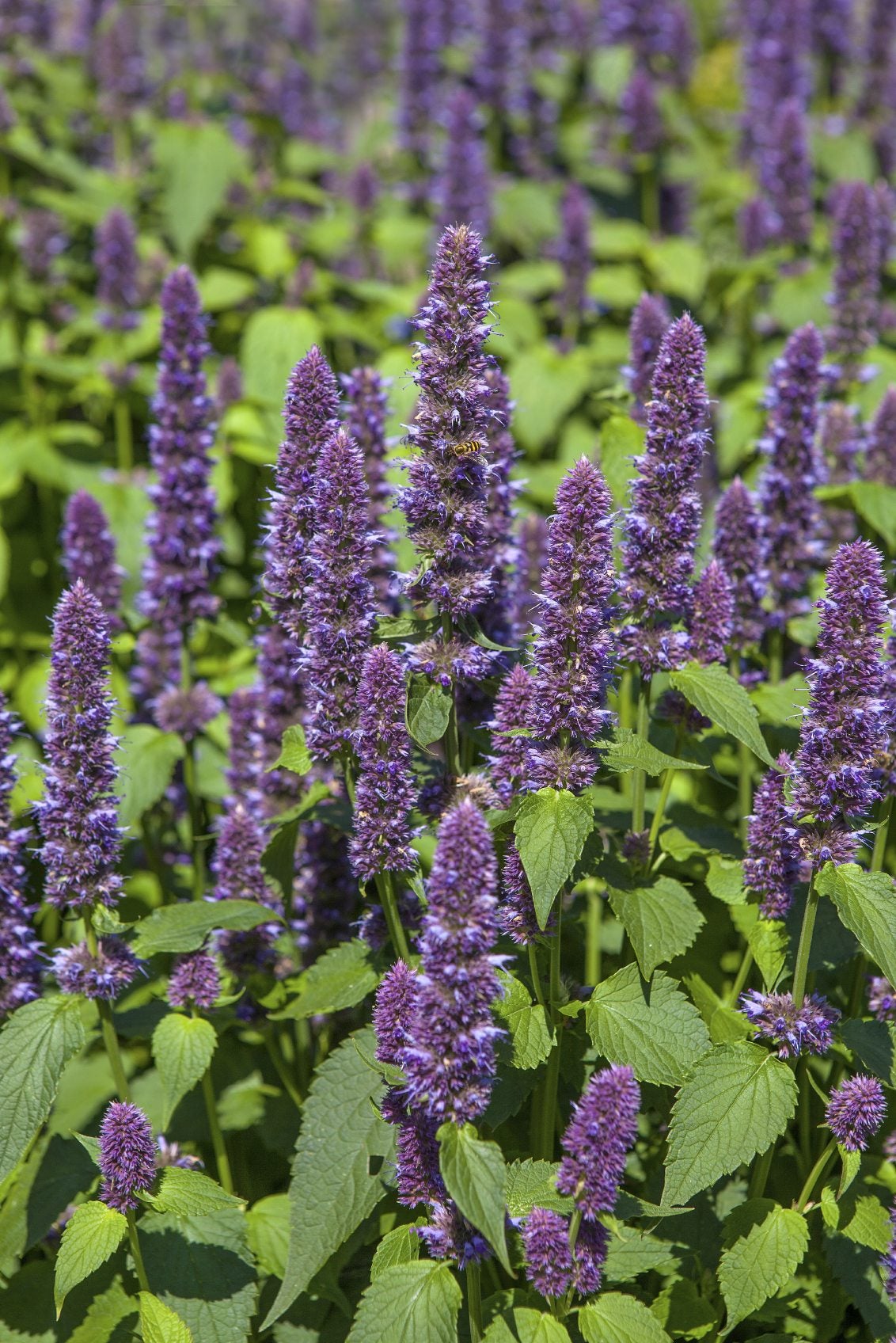

Agastache, or anise hyssop, is an aromatic, culinary, cosmetic, and medicinal herb. It has a long history of use and provides a splash of the deepest blue across the perennial garden. Anise hyssop also adds a light licorice scent to the garden patch. This easy-to-grow herb gets woody square stems and may grow up to 3 feet (1 m.) tall. It needs no special attention and is, in fact, fairly self-maintaining once established. Light trimming will keep the plant looking its best. In this article, we will discuss when and how to prune Agastache for the best results and a healthy plant.
Agastache Pruning Info
Many of our native perennial herbs are designed by nature to thrive without any human intervention. That being said, even a hardy specimen like anise hyssop can benefit from some minor meddling. Pruning anise hyssop when it is young in early spring will help force a bushier plant. Cutting back anise hyssop in late winter will allow the fresh, new stems to come up unimpeded. The plant can also do quite well without any trimming but, if you choose to cut, know when to prune Agastache for the most effective maintenance experience. In most regions of North America, anise hyssop will brown and die back for winter. You may choose to leave it just as it is with the addition of a bit more mulch around the root zone, and no harm will come to this hardy plant. You may also want to remove the dead plant material just to tidy up the area and allow the plant's new growth to shine through in spring. The choice is yours and neither is strictly wrong or right. It just depends upon what kind of landscape you like to maintain. Pruning anise hyssop will enhance its appearance, force new compact growth, and may increase blooms if deadheaded.
When to Prune Agastache
Herbaceous plants do best if trimmed back in early spring just as new growth is about to appear. Anise hyssop can also be deadheaded and shaped lightly from spring until midsummer. Suspend any trimming thereafter, as it may force tender, new growth that can be damaged when cool weather appears. Such light pruning will allow you to remove spent flowers and prevent seed heads and prolific self-seeding. Dig up the plant and divide it every three to five years to help prevent center die-out and rejuvenate the plant.
How to Prune Agastache
How to prune Agastache is just as important as when to prune it. Always use sanitized pruning shears or loppers that are nice and sharp. To deadhead anise hyssop, simply cut off the dead flowering stems. If you wish to force new growth and shape the plant, cut back up to 1/3 of the woody material. Make cuts at a slight angle to force moisture away from the stem. Remove plant material just above a viable bud node. Heavily cutting back anise hyssop to rejuvenate the plant can be done by removing the stems to within 6 to 12 inches (15-31 cm.) from the ground.
Gardening tips, videos, info and more delivered right to your inbox!
Sign up for the Gardening Know How newsletter today and receive a free copy of our e-book "How to Grow Delicious Tomatoes".

Bonnie Grant is a professional landscaper with a Certification in Urban Gardening. She has been gardening and writing for 15 years. A former professional chef, she has a passion for edible landscaping.
-
 Looking For Plants To Give You The Soft And Fuzzies? Try These 5 Fuzzy Leaf Plant Options
Looking For Plants To Give You The Soft And Fuzzies? Try These 5 Fuzzy Leaf Plant OptionsLovers of texture, drama, silver foliage and tactile plants will adore these special sensory garden additions. These fuzzy leaf plant options will leave you all aglow
By Susan Albert
-
 Get Ready For A Summer Of Hummers! Grow These Full Sun Hummingbird Plants and Flowers
Get Ready For A Summer Of Hummers! Grow These Full Sun Hummingbird Plants and FlowersIf you’re lucky enough to enjoy a sunny backyard, make sure you are maxing out on your pollinator opportunities and grow these full sun hummingbird plants and flowers
By Tonya Barnett
-
 Hyssop Plants In Containers – Can You Grow Hyssop In Pots
Hyssop Plants In Containers – Can You Grow Hyssop In PotsHyssop is, like many other herbs, very tolerant of a variety of environments. But how about growing hyssop plants in containers? Can you grow hyssop in pots? Click on this article to find out how to grow a hyssop plant in a pot.
By Amy Grant
-
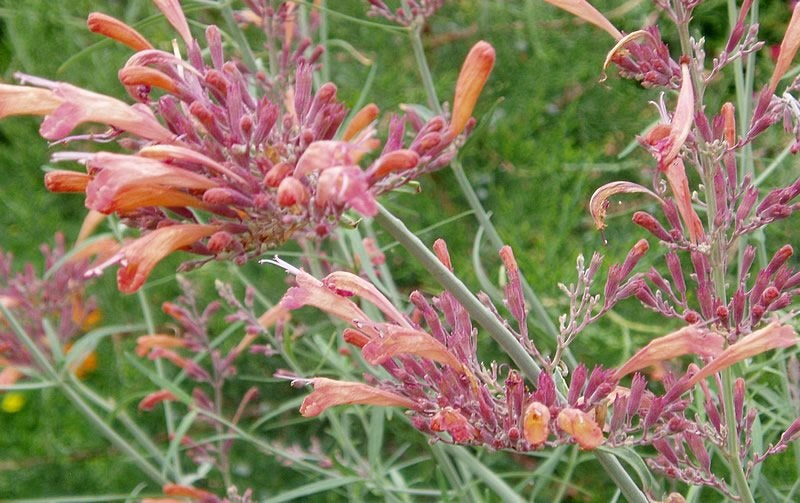 Sunset Hyssop Information: How To Grow Sunset Hyssop Plants
Sunset Hyssop Information: How To Grow Sunset Hyssop PlantsAs the name implies, sunset hyssop plants produce trumpet-shaped blooms that share the colors of the sunset. Growing sunset hyssop isn't difficult, as the plant is drought-tolerant and requires little maintenance. This article will help get your started.
By Mary H. Dyer
-
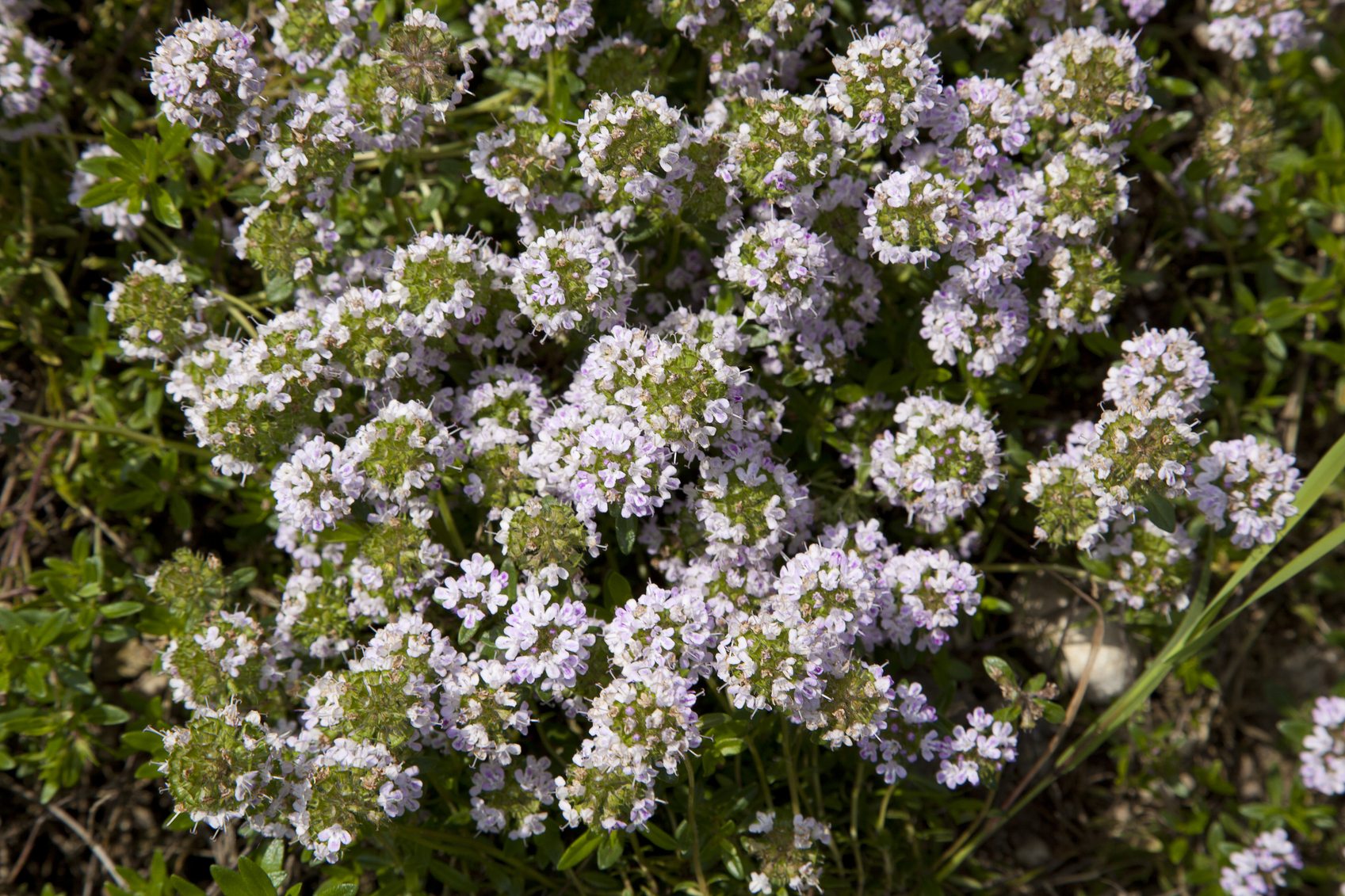 Agastache Plant Types – Varieties Of Hyssop For The Garden
Agastache Plant Types – Varieties Of Hyssop For The GardenAgastache varieties may cross pollinate and produce specimens that do not mimic the parent plant. This can either be a fun occurrence or a nuisance if your preferred species is taken over by a cross. Learn more about the types of Agastache in this article.
By Bonnie L. Grant
-
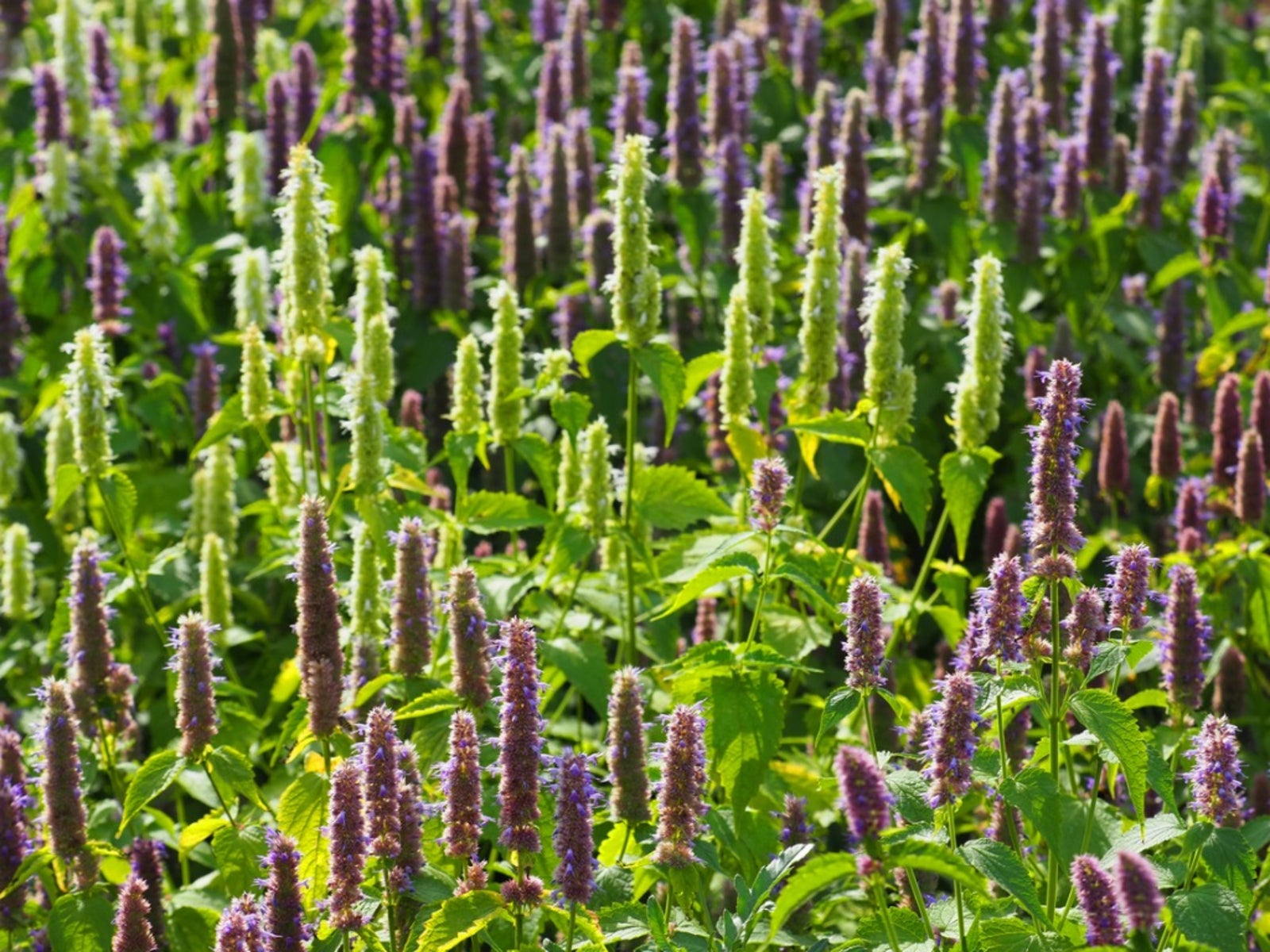 Agastache Flower - How To Grow Agastache
Agastache Flower - How To Grow AgastacheAgastache is a perennial plant with lovely flower spires that bloom all season long. Learning how to grow Agastache requires no special skills or care. The information in this article can help get you started.
By Bonnie L. Grant
-
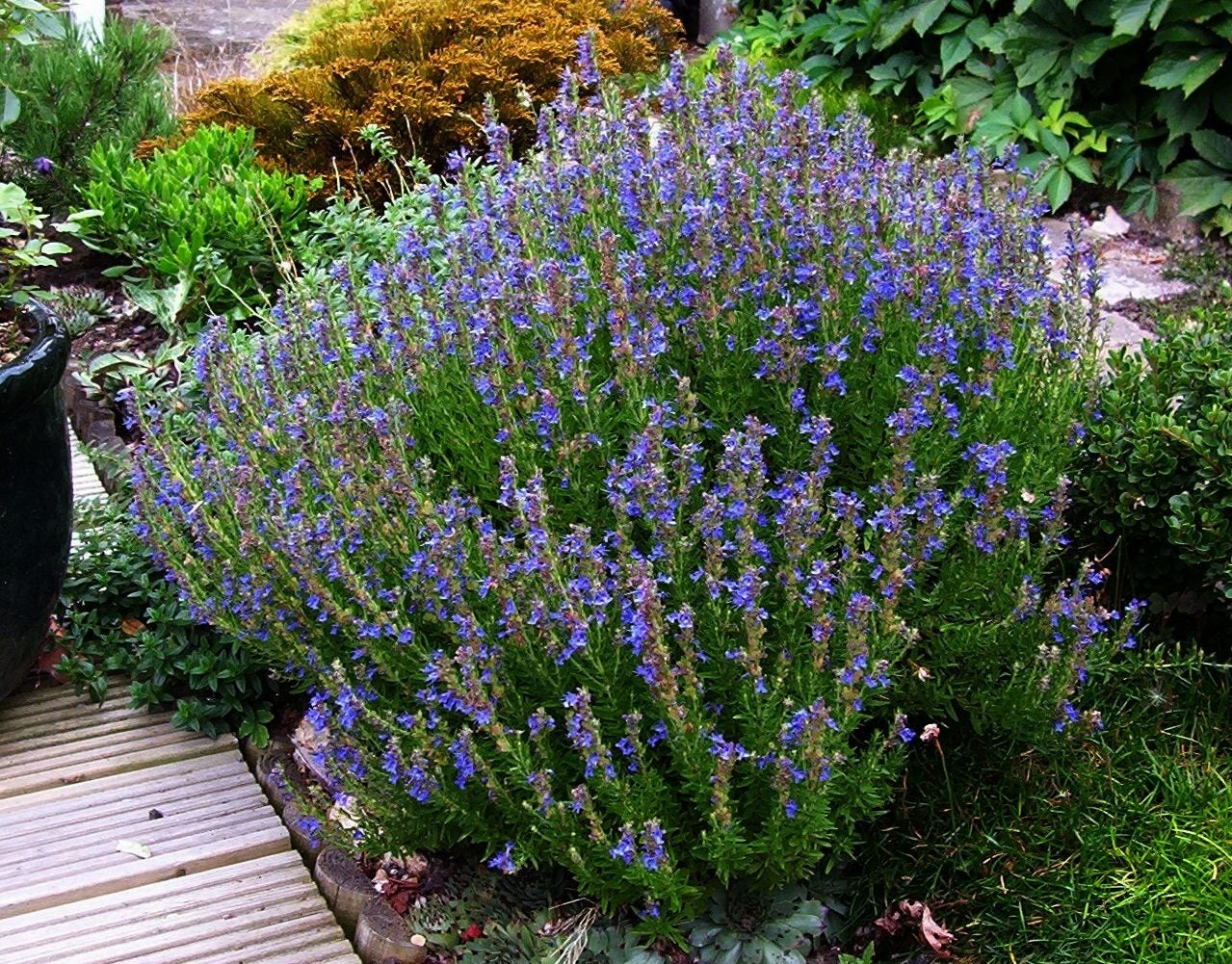 Tips For Growing Hyssop Plant In Your Garden
Tips For Growing Hyssop Plant In Your GardenHyssop is an attractive flowering herb commonly grown for its flavorful leaves. Growing a hyssop plant is easy and makes a lovely addition to the garden. Find out how to grow hyssop plants in this article.
By Nikki Tilley